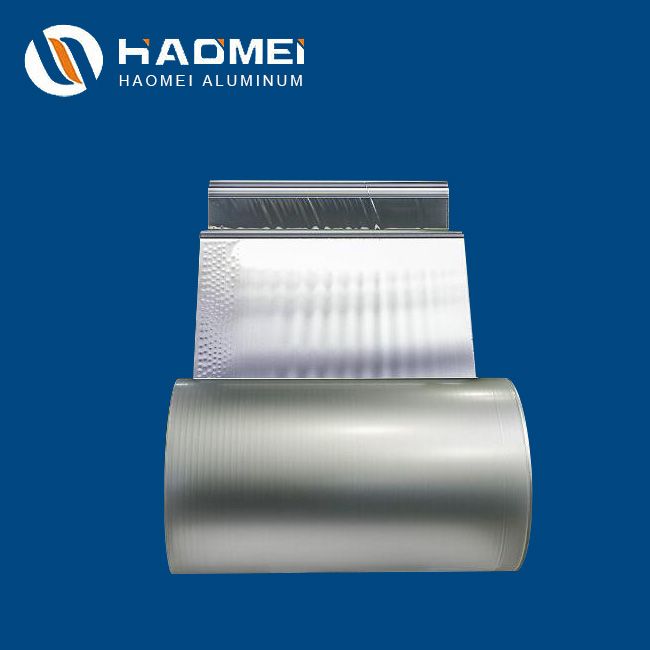Aluminium foil bags are usually made first by hot rolling or cold rolling of aluminum pigs, normally 1xxx or 8xxx, and then by punch forming of rolled materials.

Aluminium foil bags are so universally applied because they overshadow other packaging materials in several crucial aspects. First, they are nontoxic. Some other metals either contain or produce harmful and even poisonous materials under given circumstances. Aluminium is one of the rare exceptions. Its ions are so active that they have chemical reaction quickly with oxygen in the air, during which process a layer of protective film is produced. This film, of little activeness, still remain intact in severe natural environment. Further more, neither the film nor aluminium itself contains or generates any toxic bacteria. Second, aluminium foil bags, usually made of aluminium foil and plastics, are both strong and extensive. It’s not easy to break them by pulling or tearing, yet they are soft like a piece of paper. Easy to fold, they prove to be excellent packaging materials of flexibility. Third, based on the two advantages, they perform extraordinary sealing effect. Fourth, they are environmental. They can be cooked with food without deformation. Once discarded, aluminium foil bags can be recycled conveniently, not producing any pollutants.
Aluminium foil bags covers a wide range of application in our life. First, they are containers for facial masks. Just imagine how many girls using facial masks there are in the world, one will be astounded at the huge consumption number of aluminum foil bags every day. Second, they serve to be bags for nuts and dried fruits. Small bags of peanuts, pistachio nuts, dried currants or kiwi fruit are many girls’ favorite snacks over a movie in front of the computer at night. Third, they also contribute to packaging of food for old people and children. Milk powder is kept in aluminum foil bags to prevent moisture. Cooked meat last much longer if stored in vacuum tight bags.



